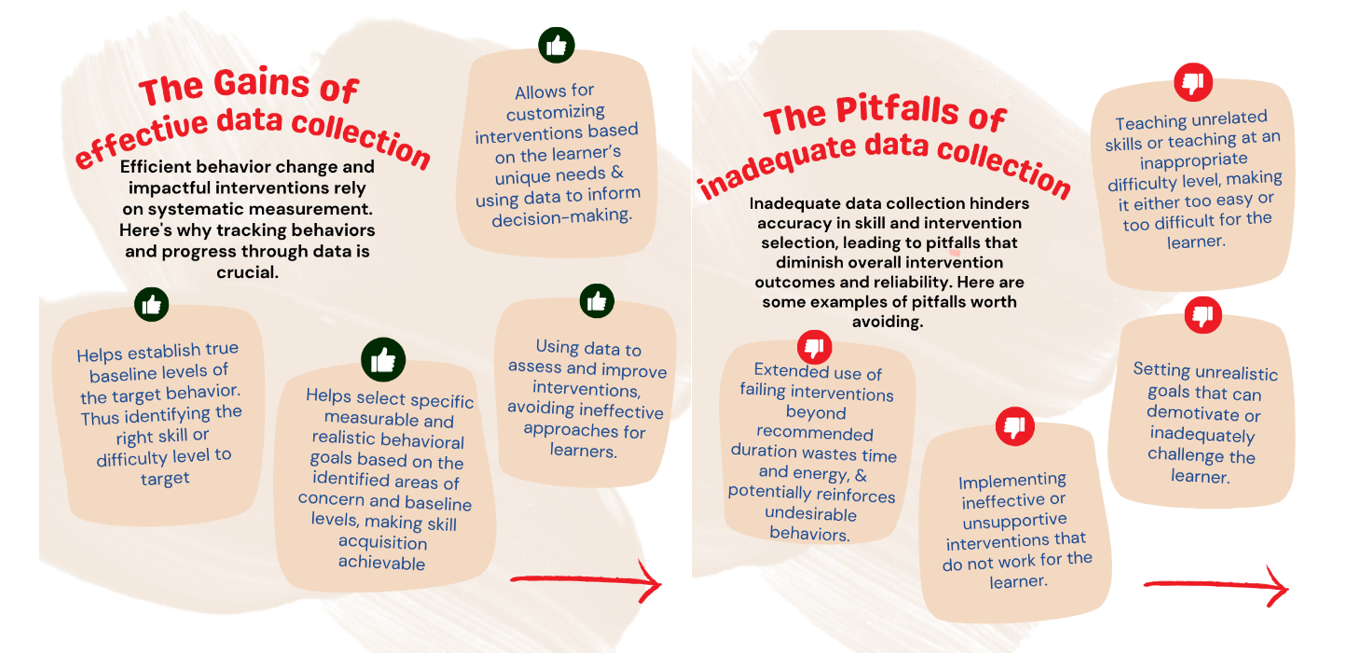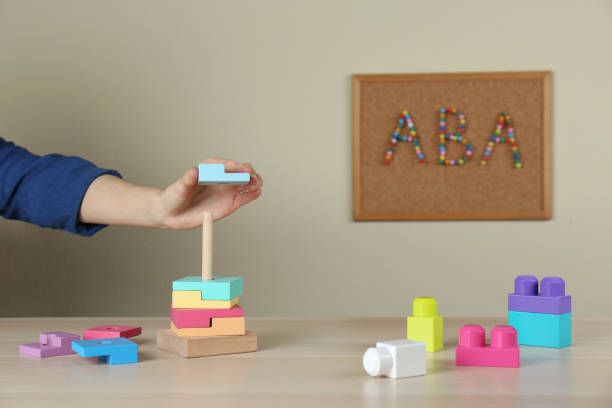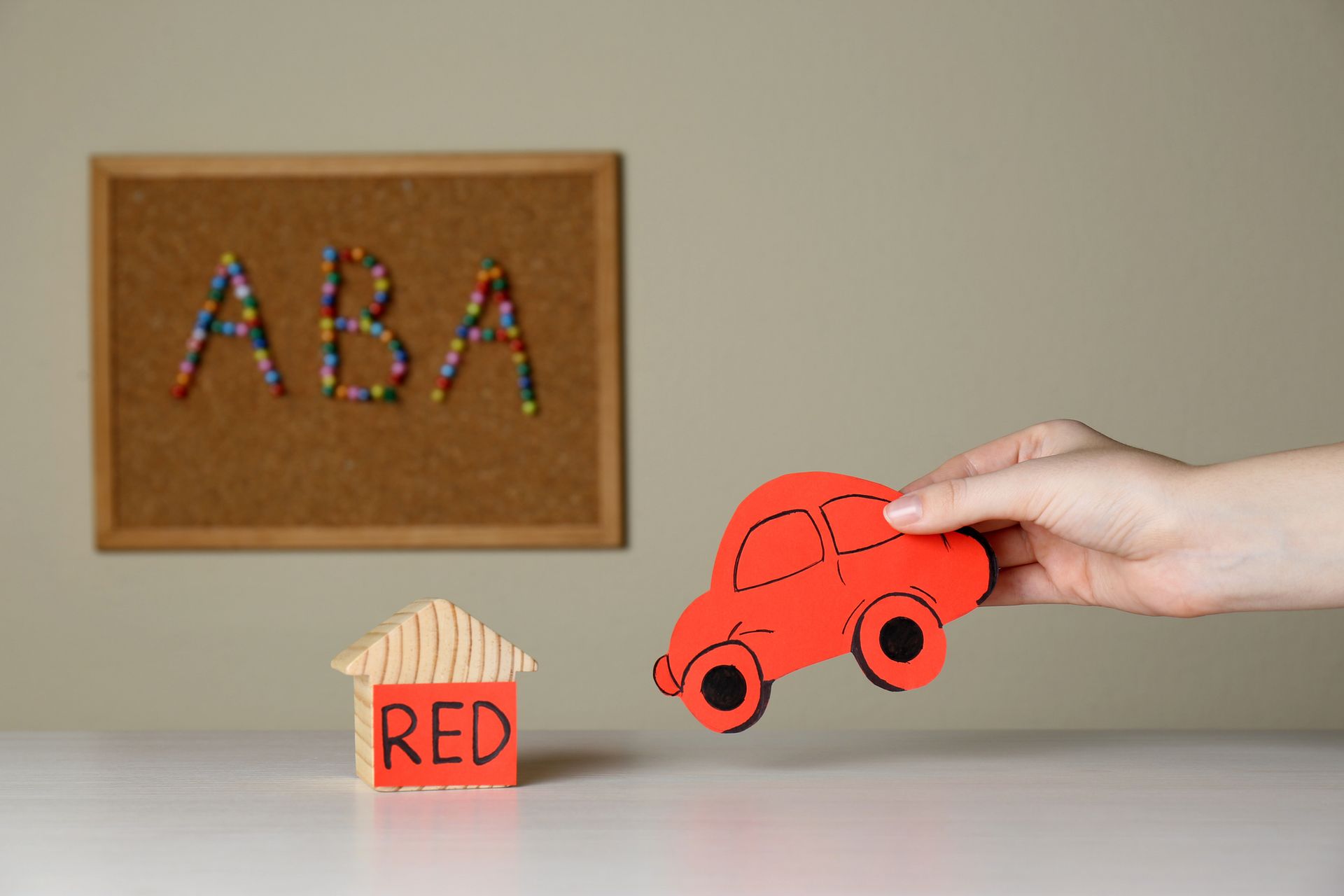by Aakriti Tripathi
•
12 June 2025
Choosing a therapy for your child can feel overwhelming . You want the best support possible—and understanding who's involved in your child's care can make the process feel more manageable. If you're exploring Applied Behavior Analysis (ABA) therapy, it's important to know the two key professionals your child will work with: the Board-Certified Behavior Analyst (BCBA) and the Registered Behavior Technician (RBT). In this post, we'll explain their roles and provide a real-world glimpse into what a typical ABA session looks like. The BCBA: Guiding the Path to Progress The BCBA is a highly trained and certified expert with a master's or doctoral degree in behavior analysis. Think of them as the architects of your child's ABA journey—they design and oversee the therapy process from start to finish. Here's what a BCBA does: Initial Assessment The BCBA begins by assessing your child's strengths, challenges, and developmental goals. This process involves direct observation, interviews with caregivers, and structured assessments to gain a comprehensive understanding of your child's needs. Individualized Treatment Plan Based on the assessment, the BCBA develops a personalized therapy plan. This plan outlines specific goals and strategies to support your child's growth, address challenges, and build new skills. Strategy Implementation The BCBA provides detailed guidance to the RBT, training them on how to implement the therapy plan effectively. They ensure that the strategies align with your child's goals and are applied correctly. Monitoring and Adjustments As therapy progresses, the BCBA reviews data collected by the RBT and makes adjustments to the plan when needed. These decisions are based on data—not guesswork—to ensure your child continues to make meaningful progress. The RBT: Bringing the Plan to Life The Registered Behavior Technician (RBT) is the hands-on team member who works directly with your child. Under the BCBA's supervision, the RBT carries out the strategies outlined in the therapy plan during one-on-one sessions. Here's what the RBT's role includes: Session Preparation The RBT prepares materials and sets up the learning environment based on the BCBA's plan, making sure it's engaging and supportive for your child. One-on-One Interaction During sessions, the RBT works with your child through structured activities and play-based learning, all designed to teach new skills and encourage positive behaviors. Data Collection While interacting with your child, the RBT collects detailed data on their responses, behaviors, and progress. This data is critical for tracking success and guiding future sessions. Communication and Feedback The RBT maintains close contact with the BCBA, sharing insights from sessions and addressing any challenges that arise. This ongoing collaboration keeps the therapy plan effective and personalized. What an ABA Session Looks Like A typical ABA session is a mix of learning, play, reinforcement, and progress tracking. Here's a snapshot: At the start of the session, the BCBA and RBT may review the day's goals together , ensuring the strategies are aligned with your child's current needs. Then, the RBT begins one-on-one work with your child, using engaging activities and structured tasks tailored to the treatment plan. Throughout the session, the RBT provides positive reinforcement for desired behaviors, such as making communication attempts, following directions, or using a newly acquired skill. While your child is learning and playing, the RBT is also tracking data parallelly. You may see the BCBA observing or checking in to ensure everything is on track. After the session, the BCBA and RBT may debrief, discussing observations and determining whether adjustments are needed to support your child's progress better. The Power of Partnership At the heart of every effective ABA program is the partnership between the Board Certified Behavior Analyst (BCBA) and the Registered Behavior Technician (RBT) . Their combined expertise, collaboration, and commitment create an environment that enables your child to thrive. With clearly defined goals, data-driven decision-making, and a team that genuinely understands your child, ABA sessions become more than therapy—they become a space for growth, success, and meaningful change.









